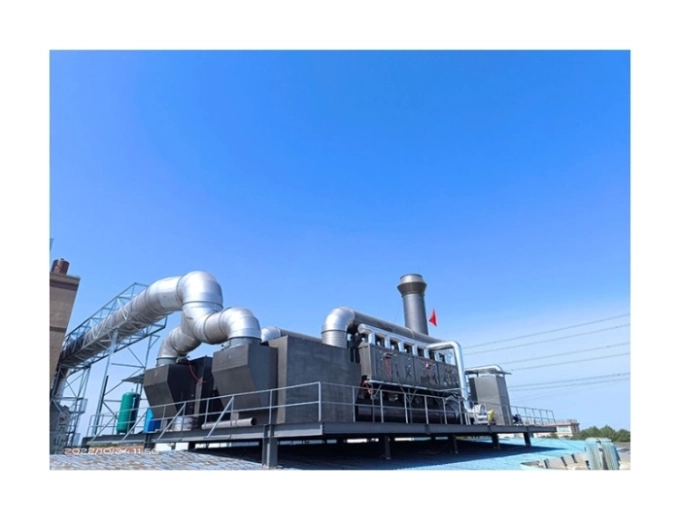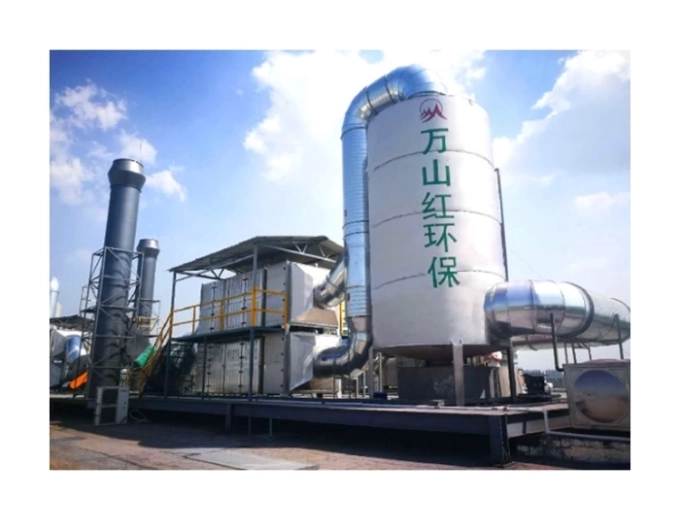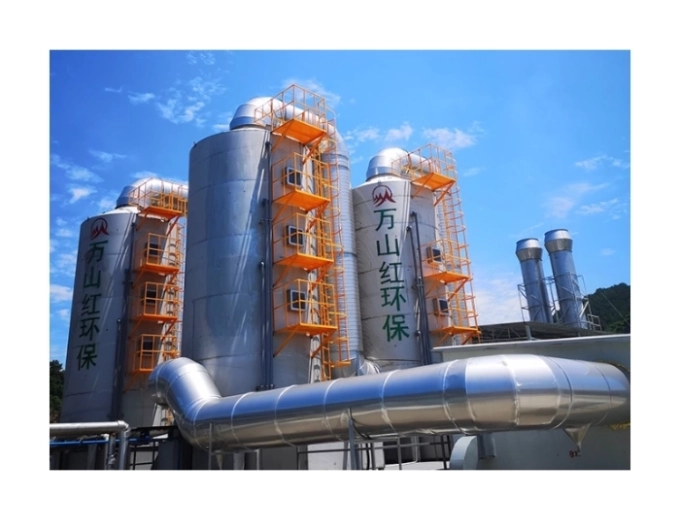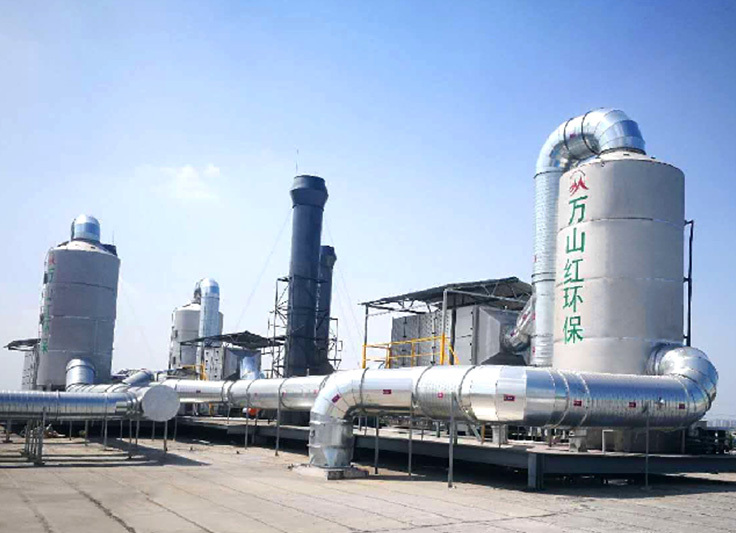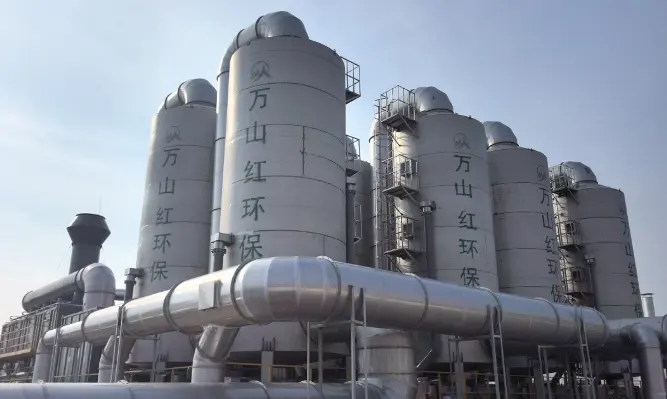What is VOC Gas Treatment
Release time: 2025-03-22
With the continuous acceleration of industrialization, the emission of volatile organic compounds (VOC) in the environment has gradually increased. VOC waste gases not only affect air quality but also pose significant risks to human health and the ecological environment. Therefore, the treatment of VOC gases has become an important task in various industrial and environmental protection fields.
What are VOC Gases?
VOC gases refer to a class of organic compounds that can evaporate and enter the air under normal temperature and pressure. These compounds typically originate from industrial emissions, building paints, cleaners, solvents, and everyday household products. VOC gases include, but are not limited to, benzene, toluene, xylene, formaldehyde, etc. These compounds have diverse chemical properties, are highly volatile, and often have strong odors. Due to their volatility, VOC gases quickly diffuse into the air, causing air pollution, and many of them are toxic.
Hazards of VOC Gases
The hazards of VOC gases are mainly reflected in two aspects: air pollution and health risks.
- Air Pollution: VOC gases react with nitrogen oxides (NOx) and sunlight in the air to generate ozone (O₃) and other photochemical pollutants, forming “ozone pollution.” This phenomenon is especially noticeable during summer when sunlight is strong, significantly affecting urban air quality.
- Health Risks: Long-term exposure to high concentrations of VOC gases can cause various health issues. Common problems include respiratory irritation, headaches, nausea, and dry eyes. Certain VOC gases (such as benzene and formaldehyde) are known carcinogens, and prolonged exposure may lead to cancer and other serious diseases.
VOC Gas Treatment Methods
To reduce the environmental and health risks posed by VOC gases, effective treatment measures are critical. The main methods for treating VOC gases include the following:
- Adsorption Method The adsorption method uses adsorbent materials (such as activated carbon, molecular sieves, etc.) to adsorb VOC gases onto the surface of solids, thereby reducing gas concentration. This method is primarily suitable for low-concentration VOC gas treatment. Its advantages include relatively simple technology and broad applicability, but the adsorbent materials need to be replaced or regenerated regularly.
- Catalytic Oxidation Method The catalytic oxidation method uses a catalyst to promote the reaction between VOCs and oxygen at lower temperatures, generating harmless carbon dioxide and water. This method is highly effective, particularly for treating medium- and high-concentration VOC gases. It has advantages such as low energy consumption and mild reaction conditions, but the choice and maintenance of the catalyst require careful consideration.
- Thermal Oxidation Method The thermal oxidation method involves heating VOC gases to high temperatures to cause oxidation, converting them into carbon dioxide and water. This method is generally used for large volumes of VOC gases, especially those with high concentrations. The thermal oxidation method offers high treatment efficiency but requires higher energy consumption and operating costs.
- Biological Method The biological method uses specific microorganisms’ metabolic processes to transform VOC gases into harmless substances. Through biological reactors (such as biofilters and bio-wash towers), VOC gases are absorbed into the biological film and degraded by microorganisms. This method is suitable for low-concentration, continuous emissions of VOC gases and is environmentally friendly with low energy consumption. However, it requires a longer reaction time.
- Condensation Method The condensation method lowers the temperature to bring VOC gases to their dew point, causing them to condense out of the gas. This method is suitable for situations where VOC gas concentrations are high, allowing for effective recovery of VOC gases. The condensed substances are usually easier to handle. However, this method has the drawback of high energy consumption and substantial equipment investment.
Although there are various methods available to effectively treat VOC gases, each method has its applicable range and limitations. Wanshanhong VOC waste gas treatment equipment can be customized based on specific project needs, adopting the latest German technology and international standard certifications. Feel free to contact us for consultation.
